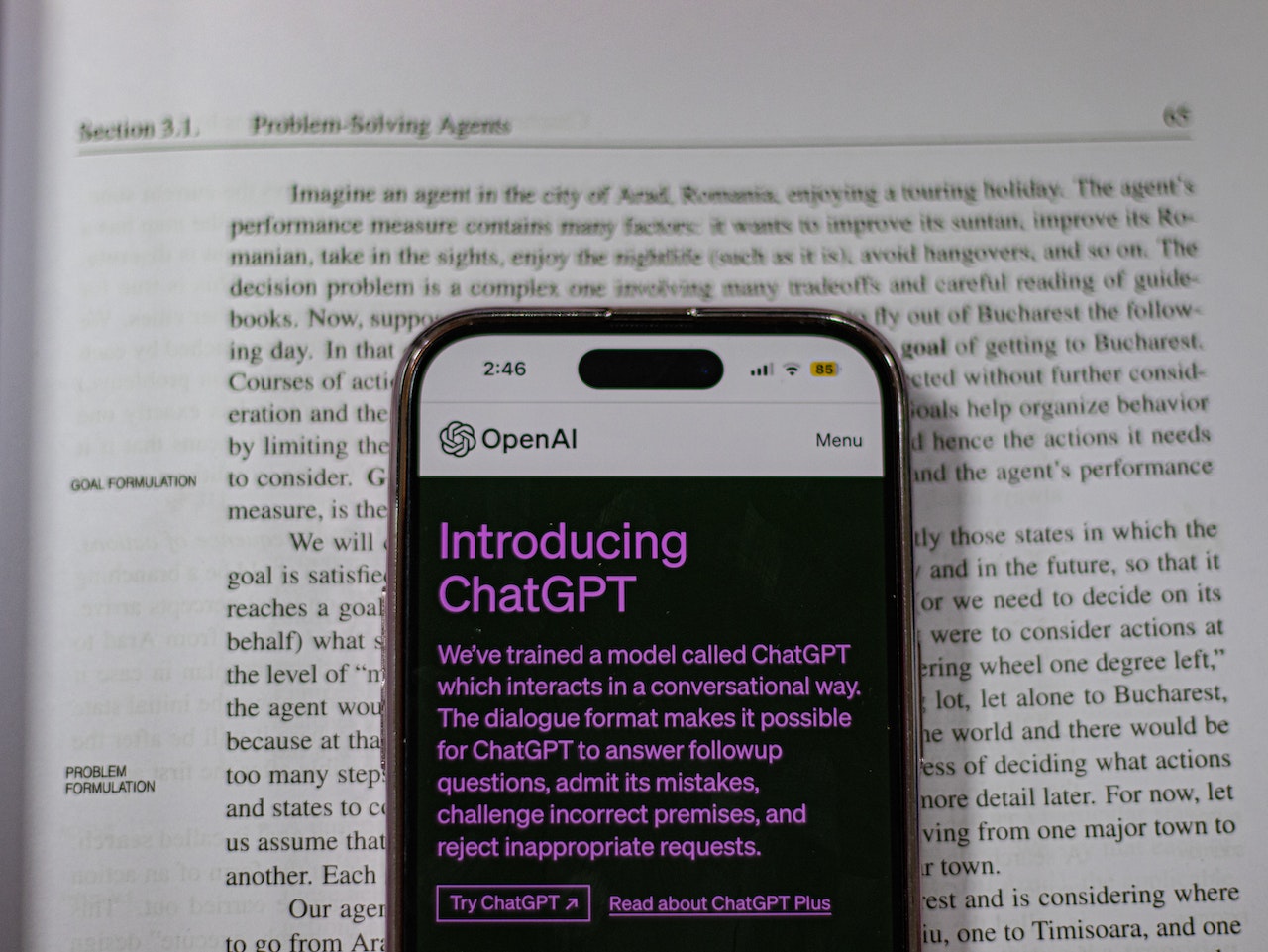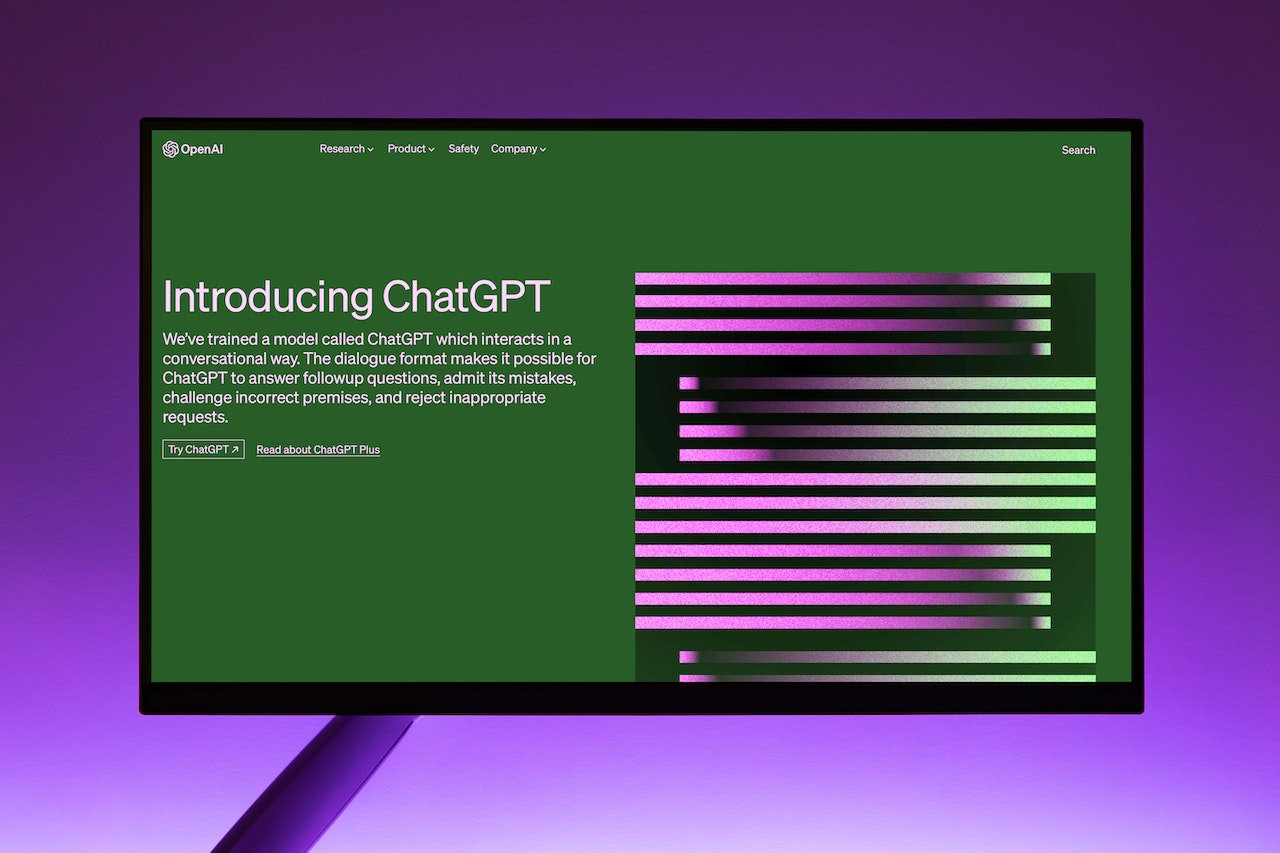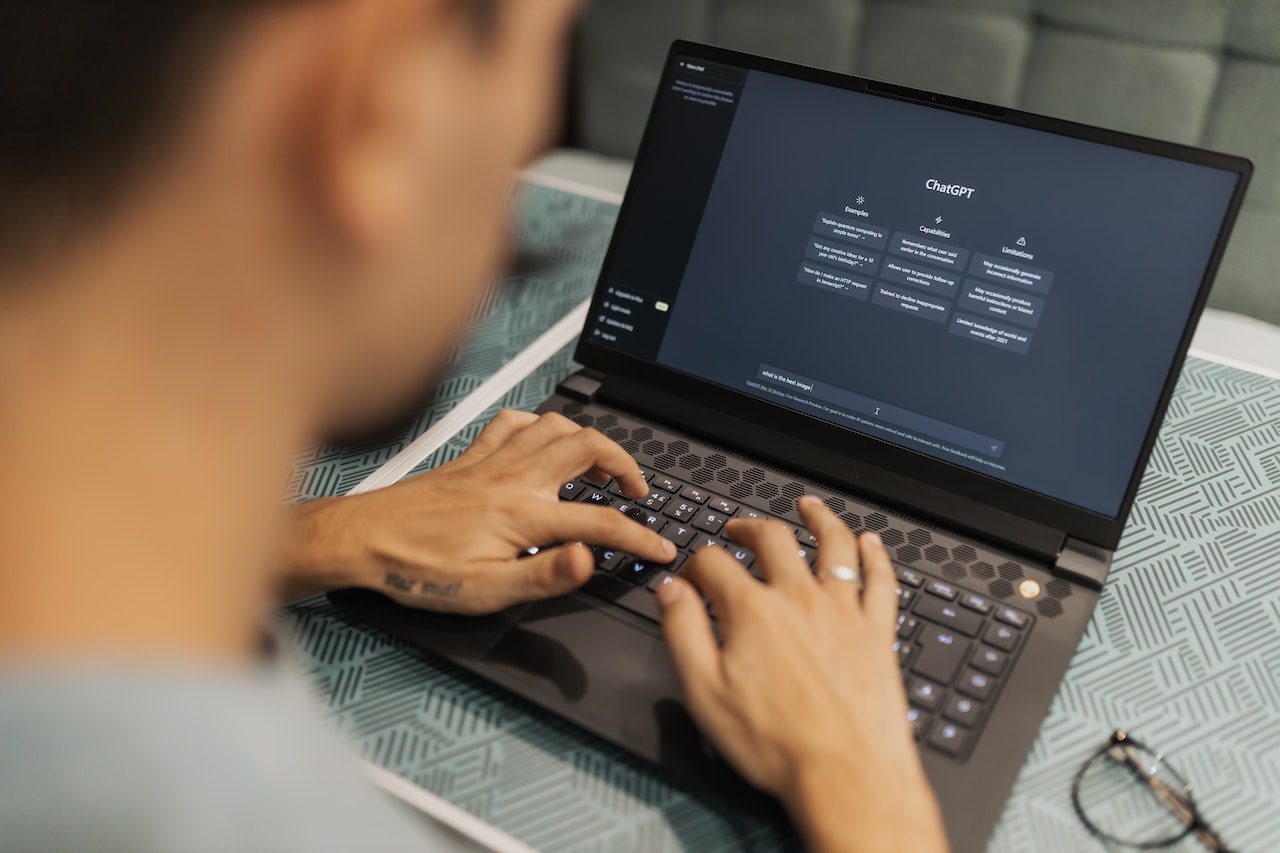AI, or Artificial Intelligence, has made remarkable strides in various fields, including image creation. In this article, we will explore the fascinating world of AI-driven image generation and delve into the techniques used to create realistic and captivating visuals. From deep learning to generative adversarial networks (GANs), we will uncover the inner workings of AI’s role in image creation and discuss its applications, challenges, and future developments.
Introduction
Artificial Intelligence has revolutionized many aspects of our lives, and image creation is no exception. With advancements in AI algorithms and computing power, machines can now generate images that are indistinguishable from those created by humans. This has opened up a world of possibilities for various industries, including art, entertainment, advertising, and healthcare.
What is AI?
Before we delve into the intricacies of image generation, let’s briefly understand what AI is. AI refers to the development of computer systems capable of performing tasks that typically require human intelligence, such as problem-solving, learning, and decision-making. Machine learning, a subset of AI, focuses on enabling computers to learn from data and improve their performance over time.
Understanding Image Generation
Image generation involves the creation of visuals, either from scratch or by modifying existing images. Traditional methods of image creation relied heavily on human expertise and manual effort. However, with the advent of AI, machines can now generate images autonomously, leveraging their ability to learn from vast amounts of data.
The Role of AI in Image Creation
AI plays a pivotal role in image creation by automating the process and reducing the need for human intervention. It enables machines to learn patterns, styles, and features from vast image datasets, allowing them to generate visually appealing and realistic images. AI algorithms can capture complex relationships between different elements of an image and replicate them to produce new visuals.
AI-Driven Image Generation Techniques
Several techniques empower AI to create images. Let’s explore some of the prominent ones:
1. Deep Learning
Deep learning is a subset of machine learning that uses artificial neural networks to learn and extract features from data. In image generation, deep learning models can learn to generate new images by analyzing vast amounts of labeled examples. This technique has paved the way for significant advancements in AI-generated visuals.
2. Generative Adversarial Networks (GANs)
GANs consist of two components: a generator and a discriminator. The generator creates images, while the discriminator assesses their quality. These two components engage in a competitive learning process, where the generator tries to generate increasingly realistic images, and the discriminator tries to distinguish between real and AI-generated images. Through this adversarial training, GANs produce high-quality and diverse images.
3. Variational Autoencoders (VAEs)
VAEs combine elements of deep learning and statistical modeling. They consist of an encoder network that compresses images into a latent space representation and a decoder network that reconstructs the images from the latent space. By manipulating the latent space variables, VAEs can generate novel and diverse images while maintaining realistic characteristics.
4. Neural Style Transfer
Neural style transfer involves blending the style of one image with the content of another. AI algorithms analyze the style features of one image and apply them to recreate the content of a different image. This technique enables the generation of visually captivating and artistic images by merging different styles and content.
Applications of AI-Generated Images
AI-generated images have found applications in various fields. Let’s explore some of them:
1. Art and Creativity
AI-generated images have sparked a revolution in the art world. Artists and designers can now leverage AI algorithms to create unique and visually stunning artworks. These AI-assisted creations push the boundaries of traditional art and foster new forms of artistic expression.
2. Entertainment and Media
In the entertainment industry, AI-generated images are used in movies, video games, and virtual reality experiences. These images enhance the visual quality, create realistic virtual environments, and bring fictional characters to life. AI’s ability to generate high-quality visuals has transformed the entertainment landscape.
3. Design and Advertising
AI-generated images play a vital role in design and advertising. From creating captivating product visuals to designing logos and advertisements, AI helps streamline the creative process and produce visually appealing content. This technology enables businesses to develop impactful marketing materials efficiently.
4. Medical Imaging
AI-generated images have made significant contributions to the field of medical imaging. By generating precise and detailed visuals, AI assists doctors in diagnosing diseases, detecting abnormalities, and planning surgical procedures. This technology has the potential to improve patient outcomes and revolutionize healthcare.
Challenges and Limitations of AI-Generated Images
While AI-generated images offer numerous benefits, they also come with challenges and limitations. Let’s explore some of them:
1. Quality and Realism
AI-generated images often face challenges in achieving the same level of quality and realism as human-created visuals. While advancements have been made, there is still room for improvement to ensure that AI-generated images meet the highest standards.
2. Ethical Considerations
The creation of AI-generated images raises ethical considerations. Issues such as copyright infringement, ownership, and the potential for misuse of AI-generated visuals need to be carefully addressed. It is crucial to establish ethical guidelines and regulations to govern the responsible use of AI in image creation.
3. Bias and Fairness
AI algorithms can inadvertently inherit biases present in the training data, leading to biased image generation. This raises concerns about fairness and diversity in AI-generated visuals. Efforts are underway to develop algorithms and frameworks that address these biases and ensure fairness in image creation.
Future Developments and Implications
The field of AI-driven image generation is continuously evolving, and exciting developments lie ahead. Researchers are exploring advanced techniques to enhance image quality, improve realism, and address the limitations of current methods. As AI continues to evolve, its implications for image creation will extend to new industries and further transform the way we perceive and interact with visuals.
Conclusion
AI has revolutionized image creation by enabling machines to autonomously generate realistic and captivating visuals. Techniques like deep learning, GANs, VAEs, and neural style transfer have empowered AI to create images that rival those created by humans. The applications of AI-generated images span art, entertainment, advertising, and healthcare, opening up new possibilities and pushing the boundaries of creativity. However, challenges such as quality, ethical considerations, and bias must be addressed to fully harness the potential of AI in image creation.
FAQs
1. Can AI-generated images replace human-created visuals? AI-generated images have made significant strides, but they are not yet a complete replacement for human-created visuals. Human creativity and intuition still play a vital role in artistic expression and certain industries.
2. How can AI-generated images be used in marketing and advertising? AI-generated images can be used in marketing and advertising to create visually appealing content, design logos, and showcase products. They streamline the creative process and help businesses develop impactful marketing materials.
3. Are there any risks associated with AI-generated images in healthcare? While AI-generated images offer immense potential in healthcare, there are risks to consider. It’s important to ensure the accuracy and reliability of AI-generated medical images before making critical decisions based on them.
4. How can biases in AI-generated images be addressed? Addressing biases in AI-generated images requires careful consideration and ongoing research. Developing diverse and representative training datasets and employing fairness-aware algorithms are some steps in the right direction.
5. What are the future implications of AI-driven image generation? The future implications of AI-driven image generation are vast. From enhancing virtual reality experiences to advancing medical diagnostics, AI has the potential to transform industries and revolutionize the way we interact with visuals.





